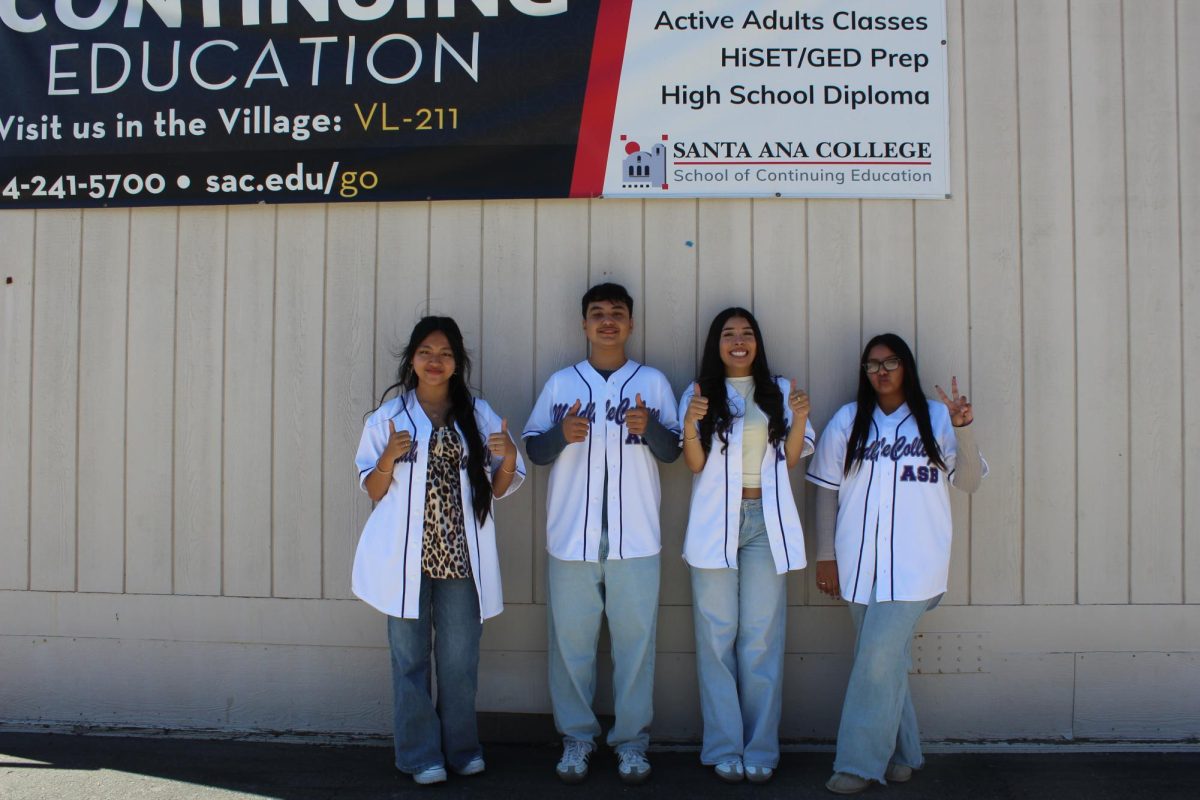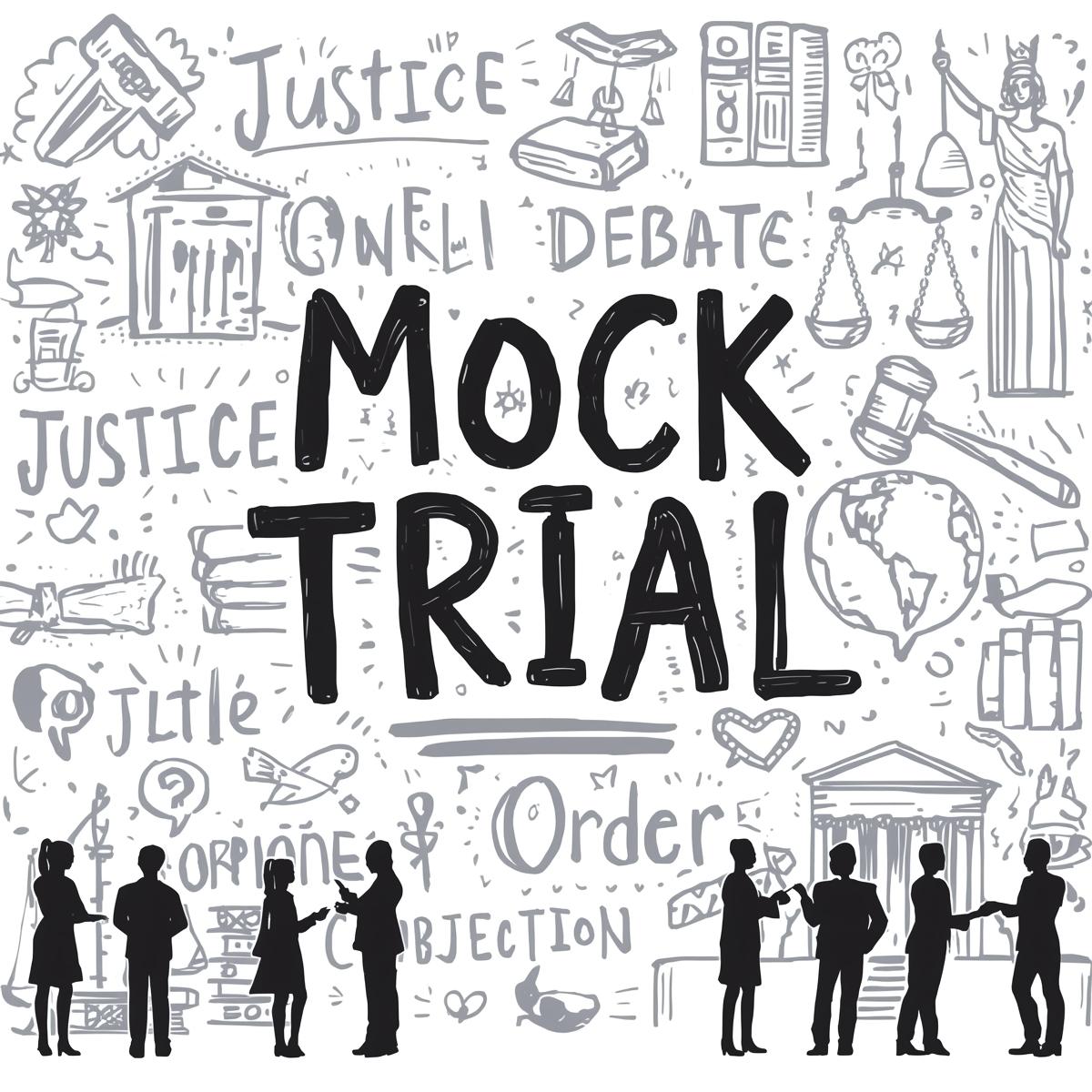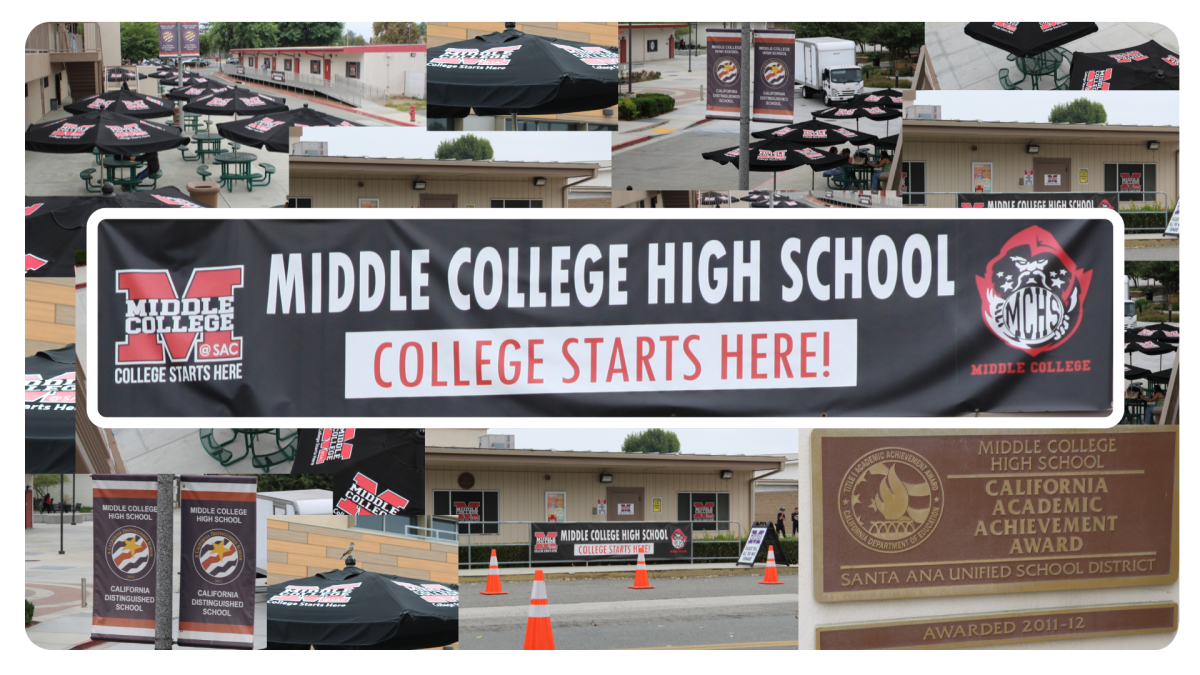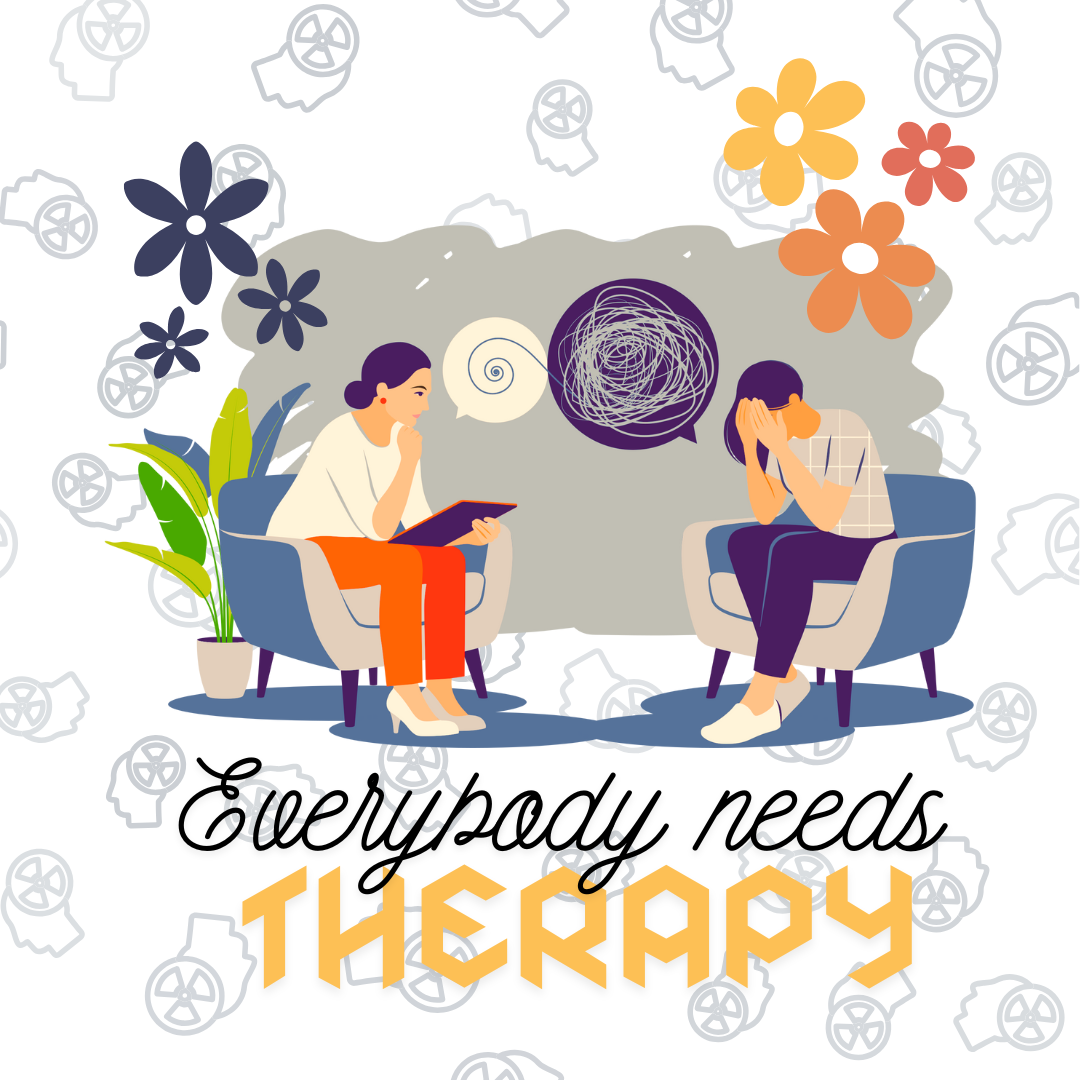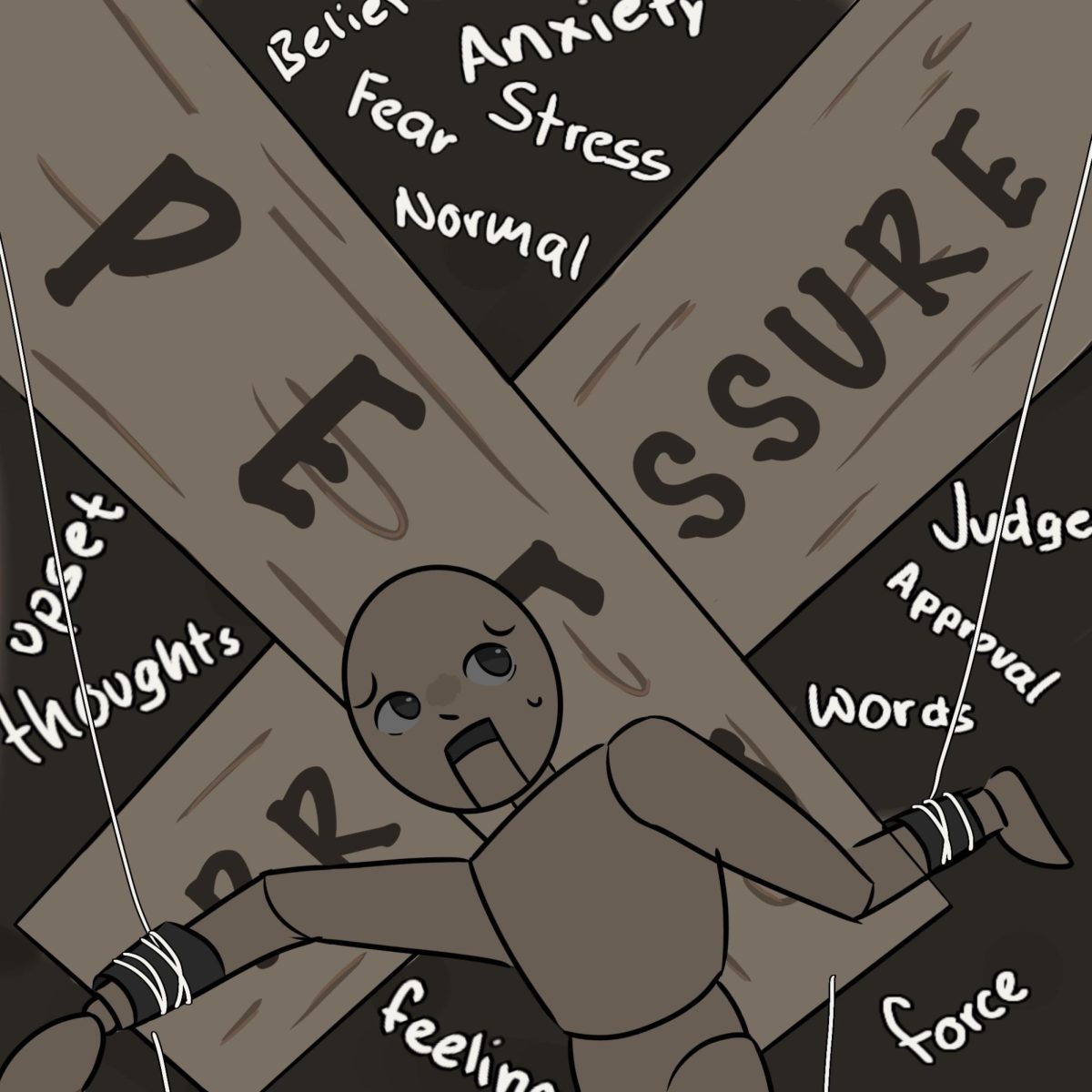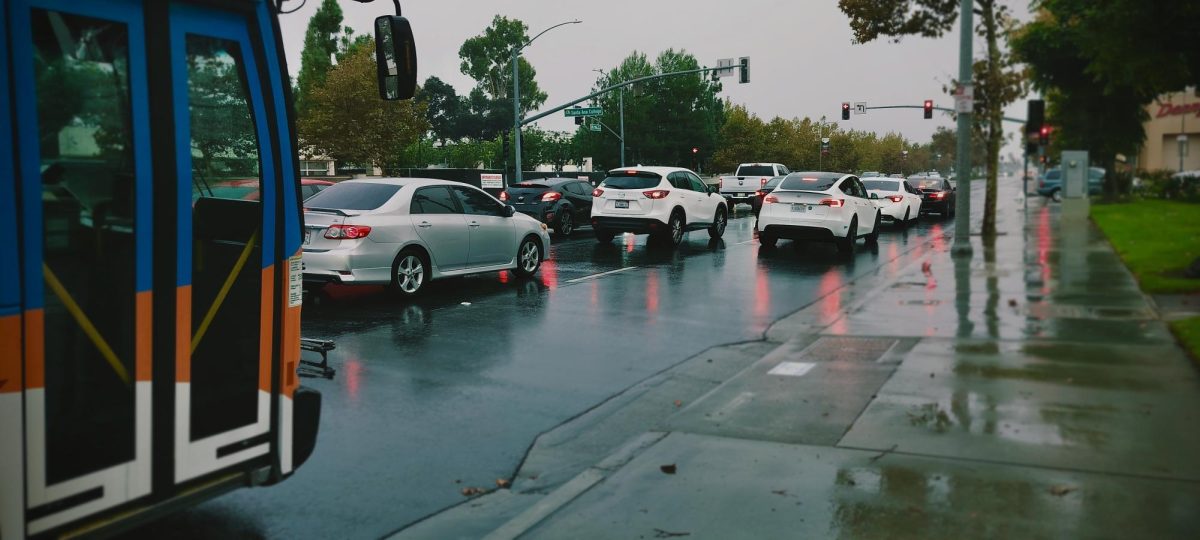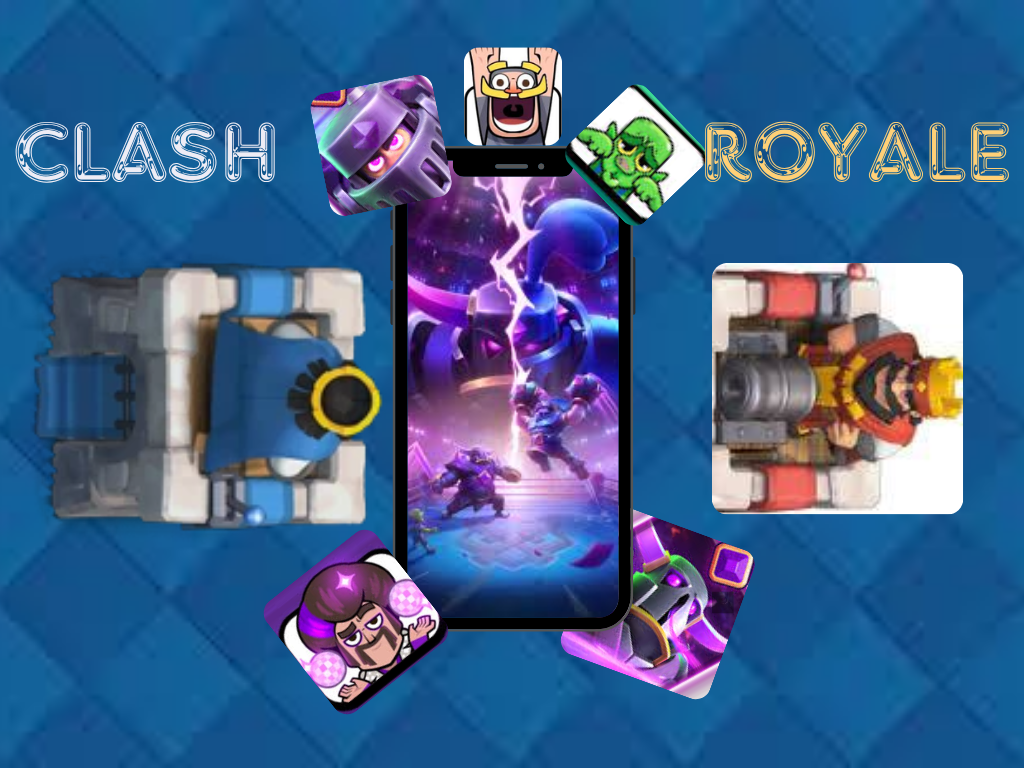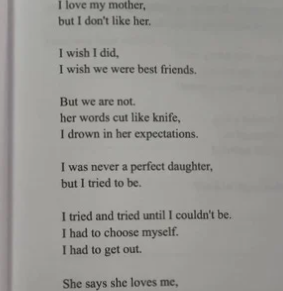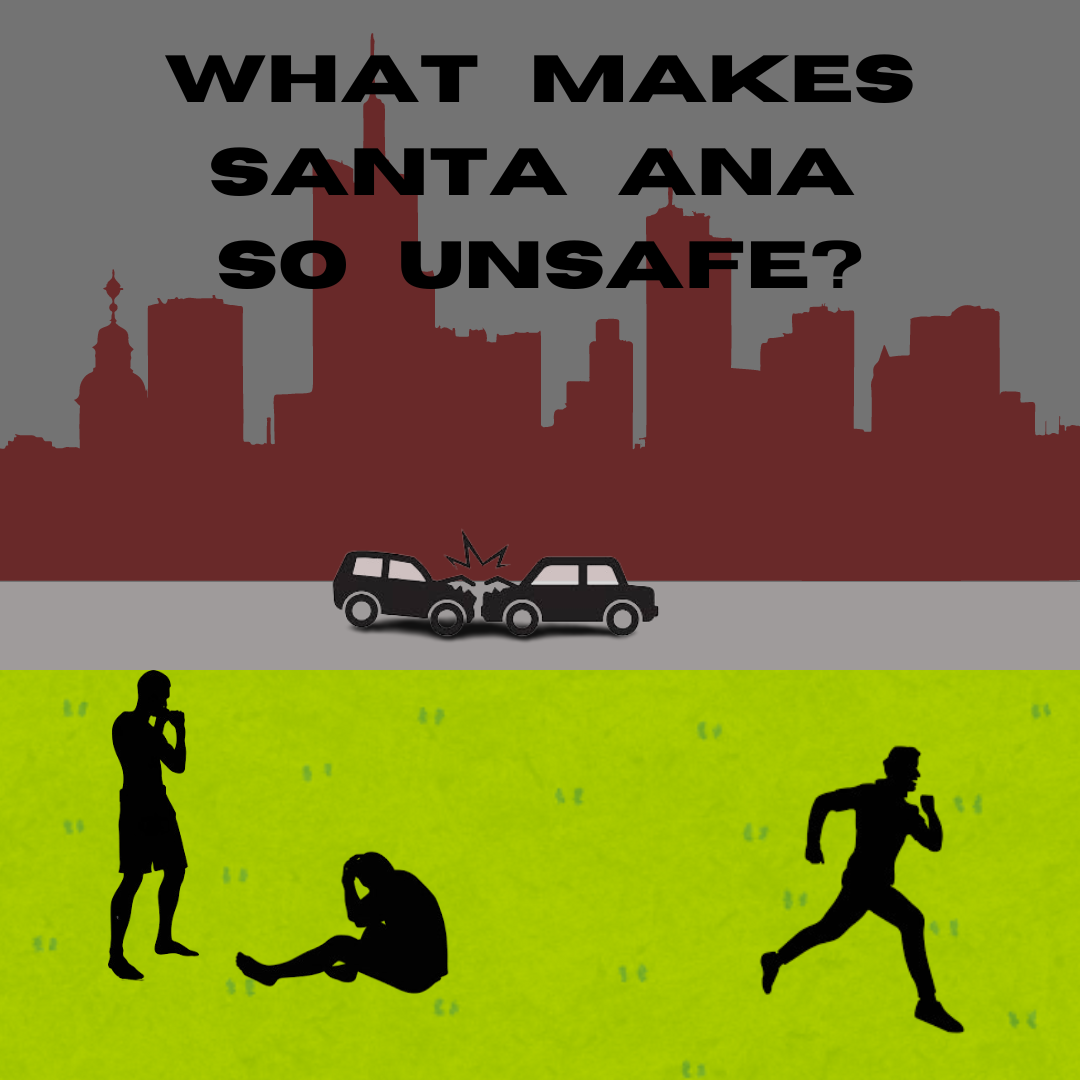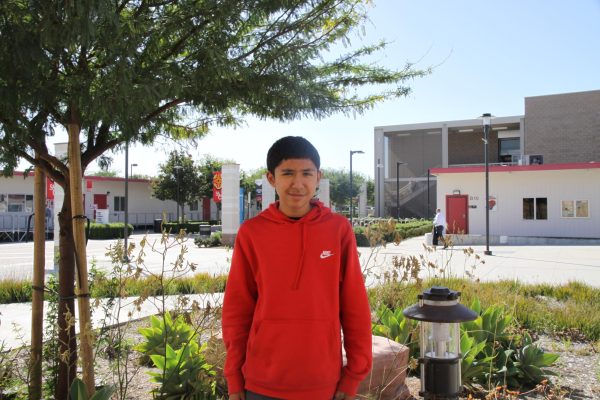Santa Ana is a vibrant city located in Orange County, filled with life and culture. Yet beneath its surface lies a dark unsafe city, where safety is a luxury and danger lurks in the shadows. What makes Santa Ana unsafe? Let’s delve into the section of its streets, where the echoes of car fatalities, the realities of gang violence, and the grip of larceny threaten the city’s reputation.
Traffic fatalities haunt the streets of Santa Ana, claiming lives with ruthless efficiency. Each collision sends shockwaves through the community, leaving scars both physical and emotional. But it’s not just the speed demons and distracted drivers that plague the city. Gangs are lying in the shadows of the city, planting fear and violence, preying on the vulnerable and creating a cycle of gloom. And at the peak of the chaos, larceny and embezzlement ruin the trust and stability of the community.
In Santa Ana, the peak of traffic fatalities stays large, with approximately 20 reported deaths each year. High speeds and distracted driving fuel this deadly trend, turning streets like 1st Street and Bristol into hot zones of danger. Police officer Saul Esquivel talks about how dangerous this problem really is.
“Any collision resulting in a fatality is a problem and what makes them dangerous is high-speed vehicles traversing through the city and distracted drivers,” Esquivel said.
But despite initiatives like the Santa Ana Vision Zero Plan, the toll of these collisions remains dark, leaving scars on survivors like Santa Ana resident Mathew Olivarez,15 whose traumatic encounter reshaped his perception of road safety.
“The road accident did change my perspective on things, how it changed my perspective on it is by how some people are able to walk away free after hitting someone,” Olivarez said.
Gang activity lies hidden in Santa Ana’s neighborhoods, a dark force fueled by a lack of mentorship and family structure. Robberies, gun crimes, and narcotics paint a grim picture of a fallen city, with vulnerable youth falling into the grasp of gang life.
“Gang activity contributing factors are a lack of mentorship, perhaps the lack of vested fathers. Fathers provide structure in a family nucleus and strengthen the bonds of young men who are normally involved in gang activity,” Esquivel said.
Despite efforts to combat this problem, including community outreach programs and collaboration with educational institutions like Gang Reduction Intervention Partnership (G.R.I.P), the grip of gangs tightens, leaving scars like those who’ve had encounters with gangs like Fernando Benitez, 46, also a Santa Ana resident, who found himself in a nightmare of violence.
“At my sister’s wedding celebration in 2002, me and one of my friends went outside to hang out but then we were attacked by three unprovoked guys. We fought them off for a bit, but the incident helped me understand the need for parent figures to take away any gang involvement with their kids,” Benitez said.
In the shadows of Santa Ana, larceny and embezzlement lie, preying on unsuspecting people. From petty thefts to complex financial schemes, the crime affects the city’s economic landscape.
“In Santa Ana’s shadows, theft and deceit thrive, taking advantage of the unsuspecting. From small robberies to complex scams, these crimes tarnish the city’s financial health,” Esquivel said.
Traffic accidents, gang violence, and theft cast shadows over Santa Ana, but hope shines through thanks to the hard work of law enforcement and community members. By working together, educating, and reaching out, the city can make progress toward a safer future.
Matthew’s story reminds us to be careful on the roads, while Fernando’s experience highlights the importance of parental guidance in keeping kids away from gangs. Law enforcement faces challenges with theft, bringing to light on the need for community involvement. In Santa Ana, there’s hope for a better tomorrow, grounded in unity. As the city embraces change, it aims to create safer streets and a brighter future for all residents.


